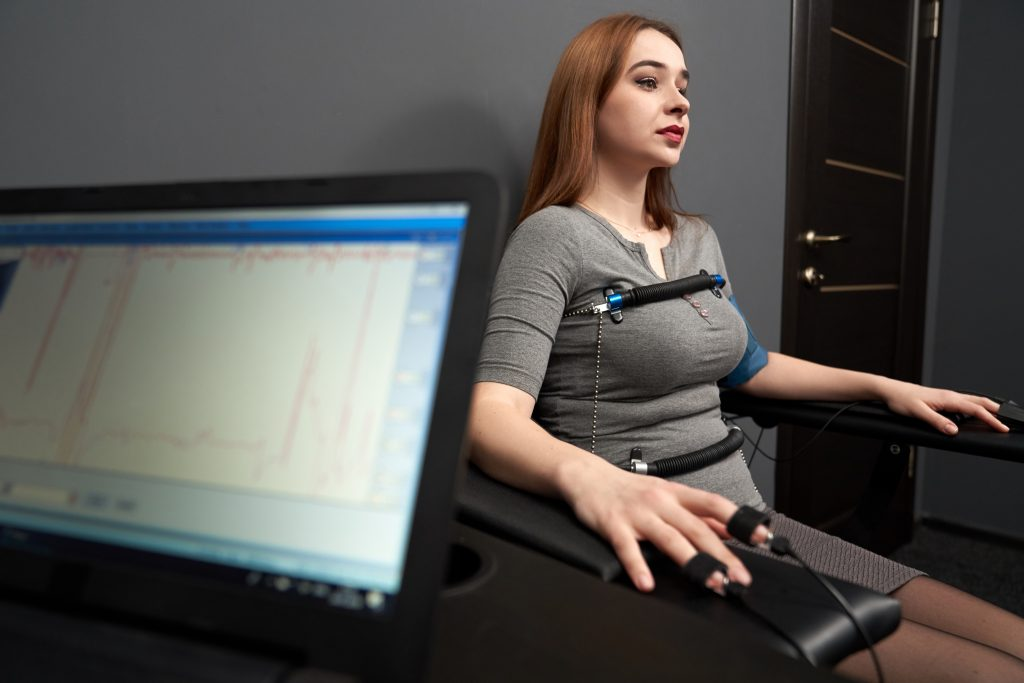Understanding Lie Detector Tests: Mechanics, Uses, and Controversies
Lie detector tests, commonly referred to as polygraph tests, have been a fixture in the realms of criminal investigation, security screening, and even entertainment. These tests are designed to detect deception by monitoring physiological responses that are believed to be associated with lying. Despite their widespread use, the efficacy and ethical implications of lie detector tests continue to spark debate.

How Lie Detector Tests Work
A polygraph test measures several physiological indicators to determine whether a person is being truthful. During the test, the subject is connected to sensors that monitor:
Heart rate: A rapid heart rate can indicate nervousness or stress.
Blood pressure: Changes in blood pressure can suggest anxiety.
Respiration rate: Variations in breathing patterns can signal tension.
Galvanic skin response (GSR): This measures the electrical conductivity of the skin,
which increases with sweating, a common response to stress.
The test typically begins with a pre-test interview to establish a baseline of the subject’s physiological responses. The examiner then asks a series of control questions (irrelevant to the issue at hand) and relevant questions (pertinent to the investigation). By comparing the responses to these different types of questions, the examiner aims to identify signs of deception.
Applications of Lie Detector Tests
Polygraph tests are used in various fields, including:
Criminal investigations: Police and other law enforcement agencies use polygraphs to verify suspects’ statements and identify potential deception.
Employment screening: Certain government agencies and private sector employers use polygraph tests to screen job applicants, especially for positions requiring high security clearance.
Parole and probation monitoring: Polygraphs are sometimes used to monitor compliance with parole and probation conditions.
Relationship issues: In some cases, individuals use polygraph tests to resolve trust issues in personal relationships.
The Debate on Accuracy and Reliability
The accuracy of polygraph tests has been a contentious issue. Proponents argue that polygraphs are a valuable tool for detecting deception, citing high accuracy rates when administered by skilled examiners. However, critics point out several limitations:
False positives: Innocent individuals may exhibit physiological responses similar to those of deceit due to anxiety or other factors, leading to false accusations.
False negatives: Deceptive individuals may not exhibit significant physiological changes, potentially allowing them to pass the test.
Subjectivity: The interpretation of polygraph results can be subjective, relying heavily on the examiner’s expertise and judgment.
The National Academy of Sciences and other research institutions have published studies highlighting these limitations. As a result, the admissibility of polygraph evidence in court varies widely, with many jurisdictions rejecting it outright.
Ethical and Legal Considerations
The use of polygraph tests raises several ethical and legal concerns. Critics argue that polygraphs can infringe on individual privacy and autonomy, especially when used in employment screening or criminal investigations without sufficient cause. Additionally, the potential for false positives and the stress induced by the test itself can lead to unfair outcomes.
To address these concerns, many organizations and legal systems have established guidelines and regulations governing the use of polygraph tests. These include ensuring that subjects are informed of their rights, the voluntary nature of the test, and the limitations of the results.
Future Directions and Alternatives
Given the controversies surrounding polygraphs, researchers are exploring alternative methods for detecting deception. These include:
Functional magnetic resonance imaging (fMRI): This technique measures brain activity and is being studied for its potential to identify patterns associated with lying.
Voice stress analysis: This method analyzes vocal patterns for signs of stress that may indicate deception.
Eye movement tracking: Research suggests that certain eye movements may correlate with deceit.
While these alternatives show promise, they are still in the experimental stages and face similar challenges regarding accuracy and ethical implications.
Conclusion
lie detector test remain a fascinating and controversial tool in the quest to discern truth from deceit. While they offer potential benefits in various applications, their limitations and the ongoing debate about their reliability and ethics underscore the need for continued research and careful consideration in their use. As technology and our understanding of human physiology and psychology evolve, more accurate and reliable methods for detecting deception may emerge, potentially reshaping the future of lie detection.
